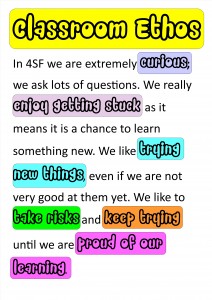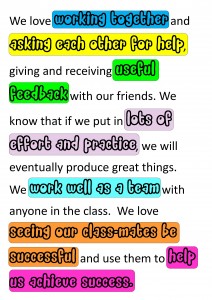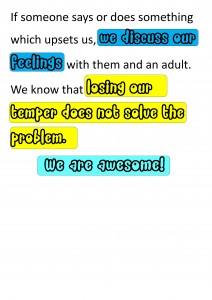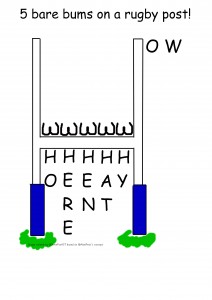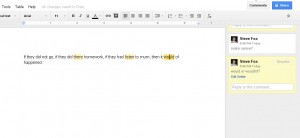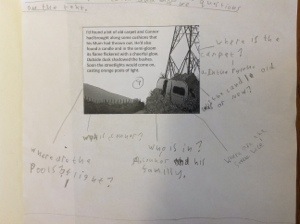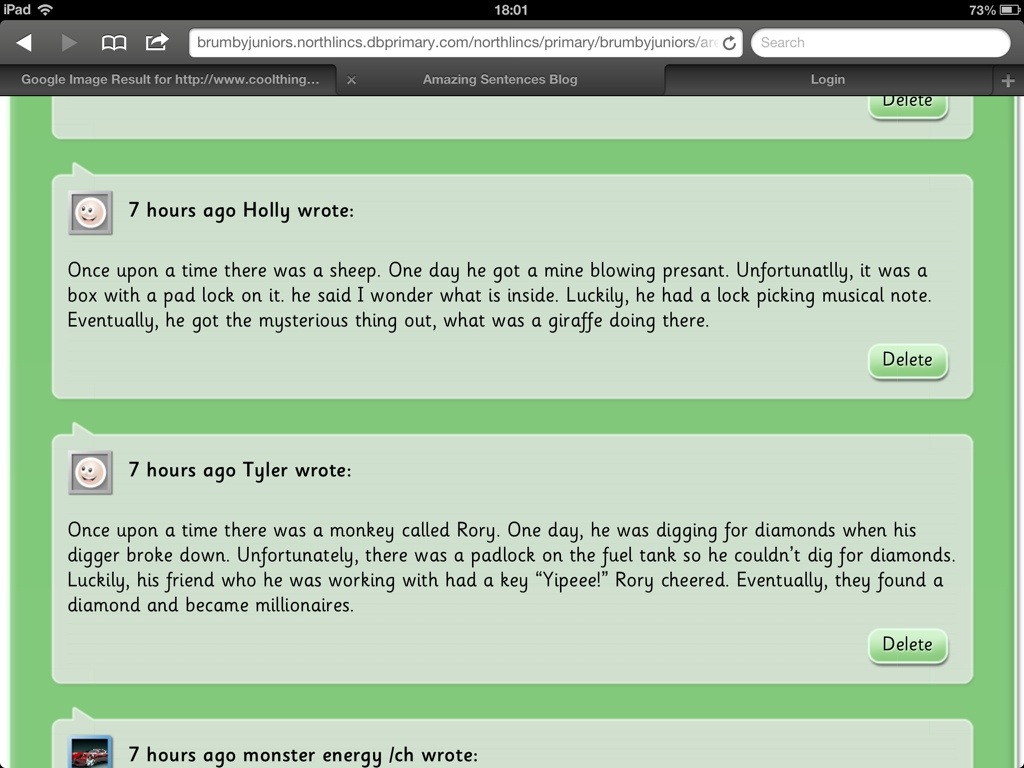After reading multiple books and blog posts covering topics such as ‘What is the point in school’, it has really made me think what I want sort of children I want the children in my year 4 class to be. Following on from this thinking, including hearing Will Ord at the 2014 mindsets conference and reading ‘Encouraging Learning’ by James Nottingham, I have created a class ethos. I will refer to this regularly during all lessons to remind children what it is I want from them. Actually, completing the lesson outcome is down the list. The skills and attitude listed in the ethos is far more important. If these are in place, the outcomes will be achieved as a by-product at some point on their journey.
Here is the graphic I have made. Each image is A2 in size, so it will be a reasonably decent size once it is printed.
Let me know your thoughts either on here or via my twitter. Here is the template in Publisher format (ClassEthos2014) in case you want to steal and modify it.

